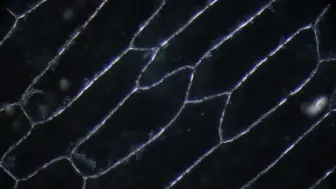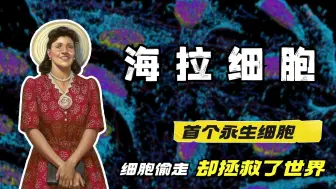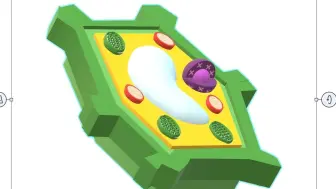5.3流动镶嵌模型
TIP! Right-click and select "Save link as..." to download.
| VIDEOS | |||
| MP4 | N/A | 480P | Download |
| MP4 | N/A | 360P | Download |
| AUDIO | |||
| MP4 | N/A | mp4a.40.2 | Download |
| MP4 | N/A | mp4a.40.2 | Download |
| MP4 | N/A | mp4a.40.2 | Download |
| THUMBNAILS | |||

|
JPEG | Origin Image | Download |
The fluid mosaic model depicts the structure of the plasma membrane as a variety of components, which include phospholipids, proteins, and carbohydrates. These integral molecules are separate, yet loosely bound, defining the cell's border, and providing fluidity for optimal function.
First, let's discuss the most abundant, lipids, which include both phospholipids and cholesterol alongside. Phospholipids consist of a hydrophilic, water-loving head, and two hydrophobic, water-fearing, fatty acid tails. And spontaneously form a lipid bilayer by arranging the hydrophobic tails inward and the hydrophilic heads facing outward. This arrangement separates the inside of the cell from the outside.
Next up is the second major component, proteins, which can differentially associate with the lipid bilayer. For instance, some are completely integrated, like integrins, whereas others can be found only on the surface or in the cytosol, as is the case with estrogen receptors.
Also on the outer periphery, is the last component, carbohydrates. They can bind to proteins and form glycoproteins or to phospholipids and form glycolipids. Once bound, these carbohydrate complexes are referred to as the glycocalyx, the sugar coating.
First, let's discuss the most abundant, lipids, which include both phospholipids and cholesterol alongside. Phospholipids consist of a hydrophilic, water-loving head, and two hydrophobic, water-fearing, fatty acid tails. And spontaneously form a lipid bilayer by arranging the hydrophobic tails inward and the hydrophilic heads facing outward. This arrangement separates the inside of the cell from the outside.
Next up is the second major component, proteins, which can differentially associate with the lipid bilayer. For instance, some are completely integrated, like integrins, whereas others can be found only on the surface or in the cytosol, as is the case with estrogen receptors.
Also on the outer periphery, is the last component, carbohydrates. They can bind to proteins and form glycoproteins or to phospholipids and form glycolipids. Once bound, these carbohydrate complexes are referred to as the glycocalyx, the sugar coating.

























